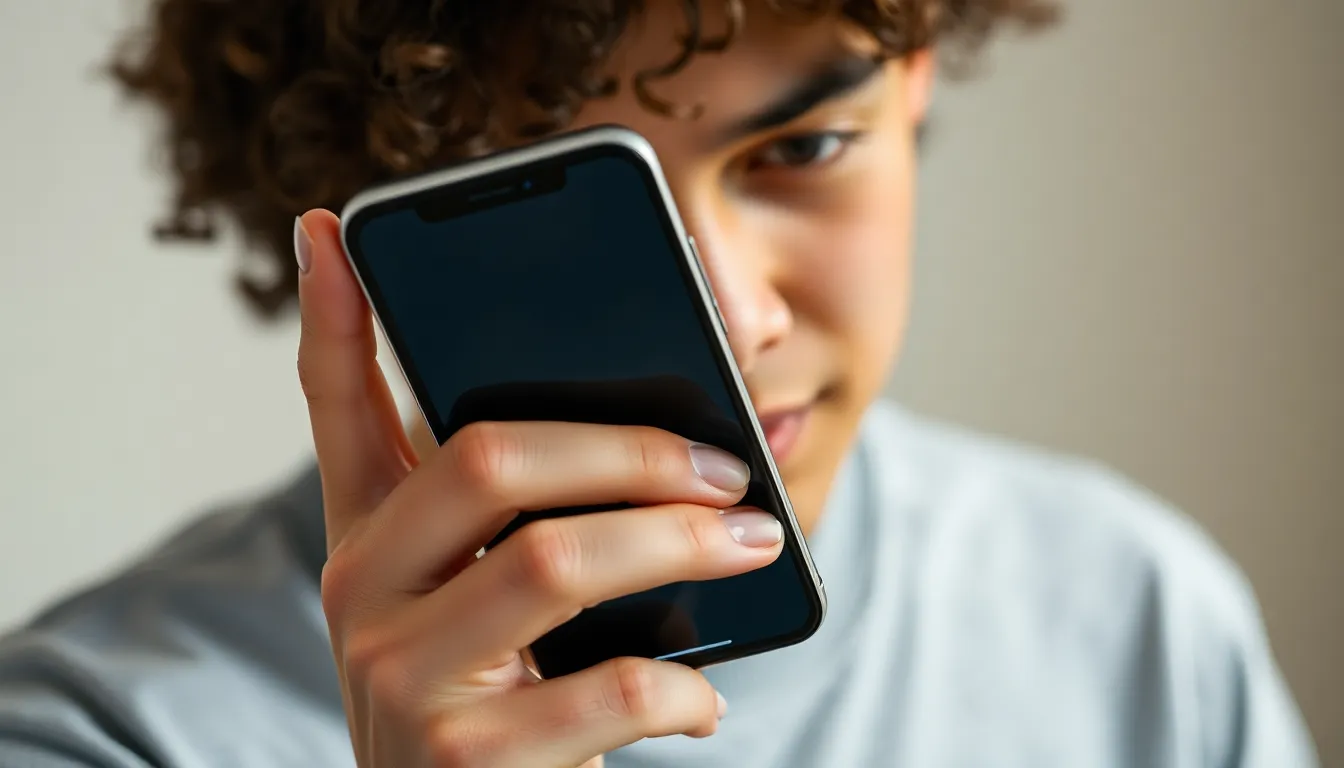Ever found yourself staring at your iPhone, wondering why your calls seem to have gone on an unexpected vacation? It’s like your phone’s decided to play hide and seek with your conversations, leaving you talking to yourself like a character in a sitcom. Frustrating, right?
Table of Contents
ToggleCommon Causes Of Call Failures
Call failures on iPhones can stem from several common issues. Understanding these causes offers insight and aids in troubleshooting.
Network Issues
Network connectivity often leads to call failures. Weak signal strength compromises call quality and reliability. Dropped calls may result from moving through areas with poor reception. Additionally, network outages or maintenance can disrupt service. Checking for visible signal bars provides a quick assessment of connection status. Users might also explore switching to Airplane mode briefly before disabling it to reconnect to the network.
Device Settings
Device settings can contribute to failed calls as well. A misconfigured cellular setting may restrict calling features. Verifying that the iPhone is in the correct network mode is essential. Users must also ensure that “Do Not Disturb” mode isn’t enabled, as it blocks incoming calls. Updating the iPhone’s software helps fix bugs that may interfere with calling functions. Resetting network settings also provides a fresh start, often resolving lingering issues.
Troubleshooting Steps

Sometimes call failures occur due to simple issues. Follow these troubleshooting steps to restore proper functionality.
Restarting Your iPhone
Restarting the iPhone can resolve temporary glitches. Users should press and hold the power button until the slider appears, then drag the slider to turn off the device. After waiting for about 30 seconds, pressing the power button again turns the device back on. This process clears the device’s memory and refreshes system resources, often restoring calling capabilities. Checking to see if calls work after restarting is crucial, as this simple step fixes many issues.
Checking Network Settings
Verifying network settings is critical for call functionality. He or she should navigate to Settings, then Cellular. Checking if Cellular Data is turned on ensures connectivity for calls. Users must also confirm that “Do Not Disturb” mode is disabled, as it blocks incoming calls. Adjusting the network mode under Settings can help, too. Sometimes, resetting network settings may be necessary; this option is found in Settings under General, then Transfer or Reset iPhone. Remember, this action clears saved Wi-Fi passwords and cellular settings, but it often resolves persistent call issues.
Additional Solutions
Exploring additional solutions can help resolve call failures on iPhones. Users might find success in the following steps.
Updating iOS
Keeping iOS updated plays a crucial role in ensuring optimal performance. Regular updates often fix known bugs and improve system reliability. To update, navigate to Settings, then select General, and choose Software Update. If an update is available, tap Download and Install. Allow the installation process to complete, which can sometimes solve issues related to call functions.
Resetting Network Settings
Resetting network settings can also address persistent call failures. This action clears stored Wi-Fi passwords and cellular settings, so users must reconnect to their networks afterward. To reset, go to Settings, select General, and find Transfer or Reset iPhone. Choose Reset, then tap Reset Network Settings. This process can refresh the device’s connection to the network, potentially resolving ongoing call issues.
When To Seek Professional Help
Persistent call failures may signal deeper issues requiring professional intervention. When troubleshooting steps don’t restore functionality, consulting a technician provides necessary expertise. Unusual symptoms, like inability to connect to any calls or frequent disconnections, often indicate hardware problems.
Outdated hardware may hinder calling capabilities. If the iPhone experiences physical damage, such as a cracked screen or water exposure, a thorough inspection is essential. Experts can assess whether repairs are feasible or if a replacement is necessary. Additionally, if software updates fail or installation issues arise, a visit to a certified service provider becomes crucial.
Network-related difficulties can also justify seeking professional help. If local service providers experience outages, device malfunctions may arise. Network testing by professionals can identify connection issues impacting call quality.
Inconsistent performance across multiple networks or SIM cards highlights potential device defects. A professional can conduct diagnostic tests to determine if underlying issues affect connectivity across various carriers.
Manufacturer support may also be beneficial for unresolved problems. Apple’s technical assistance can provide insights not addressed through standard troubleshooting. Utilizing warranty services may cover repairs or replacements if the device is within the warranty period.
Technical support staffs can offer guidance on software-related concerns that might not yield results at home. Documenting symptoms and previous troubleshooting efforts streamlines the help-seeking process. Gathering any error messages or specific instances of call failures aids professionals in diagnosing issues more effectively.
Experiencing call failures on an iPhone can be frustrating and disruptive. Users often face a range of issues that can stem from network problems to device settings. By following the troubleshooting steps outlined in the article, many can restore their calling functionality quickly. Regularly updating iOS and ensuring settings are correctly configured can make a significant difference.
For those who continue to struggle with call-related problems, seeking professional help is a wise choice. Technicians can diagnose underlying hardware or software issues that may be affecting performance. With the right approach and support, users can overcome these challenges and enjoy seamless communication once again.



